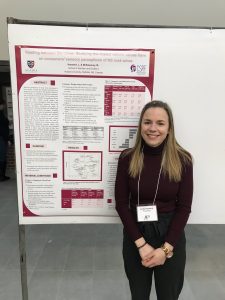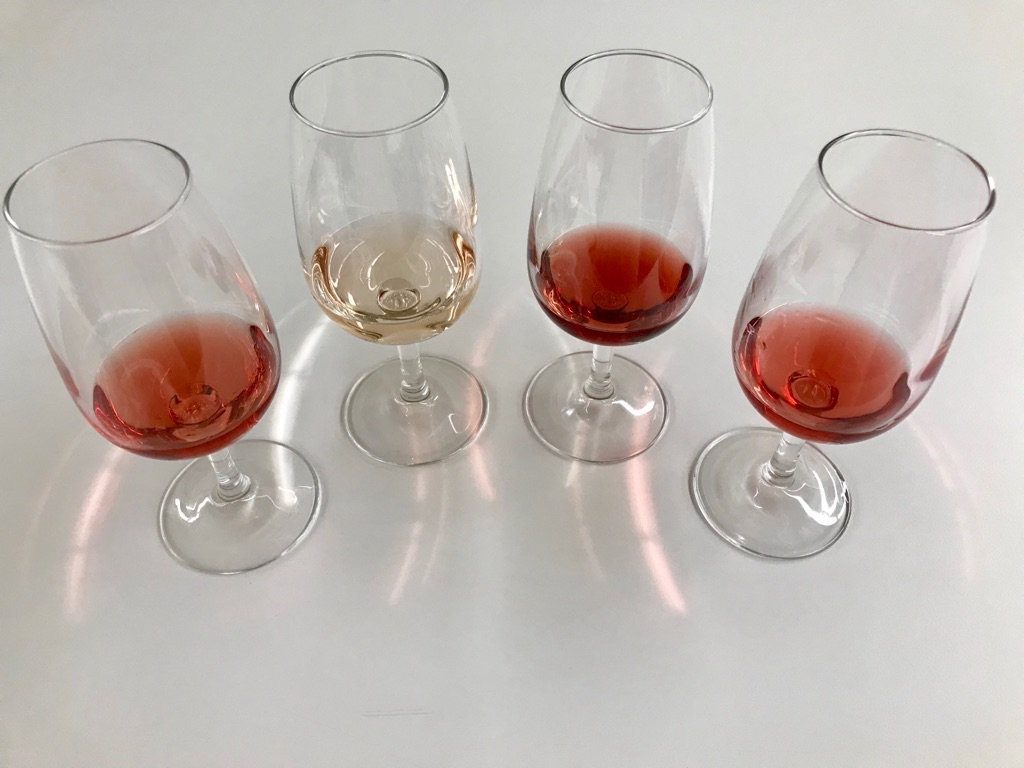With the production of local wine increasing in Nova Scotia, the government is investing a significant amount of money into wine research. As a recipient of funding from the Nova Scotia department of agriculture, Nutrition and Dietetics Honours student, Lydia Hayward, was able to investigate two areas of wine research that have yet to be studied. In an attempt to strengthen the growth of this industry, Hayward and supervisor, Dr. Matthew McSweeney, have begun research to develop a consumer lexicon to describe local wines in a way that resonates more effectively with consumers. This was the primary objective of the research, which used Projective Mapping and Ultra-Flash-Profiling to identify consumer descriptors. Participants also assessed their associated liking of these wines using a 9-point hedonic scale. This study is specific to rosé wines, as Hayward’s peers have already investigated reds and whites.
Additionally, companies are hesitant to comply with the increased consumer demand for the disclosure of nutritional information. Although studies have shown that this disclosure will increase willingness to purchase, there is controversy surrounding how this will affect sales. Other studies show that consumers tend to prefer products with lower calories, a trend especially prevalent in women. However, these studies have not considered the influences of taste and pleasure on alcohol choices. This is why the secondary purpose of the study was to investigate the impacts of caloric values on the sensory perception and enjoyment of wine.
In the first test, participants were asked to evaluate eight rosé wines and place them on a 2-dimensional plane on the computer screen, placing those more similar together and those differing apart. Also, they were asked to identify descriptors related to each wine.
As for assessing the caloric values, this was done in two sessions. The first, without labels, acted as the baseline. Then, there was a session that implemented nutrition labels. In this second session, the four wines were assessed with four different nutrition labels; low, actual, high and highest in calories. They were asked to rate the wines on appearance, flavour, mouthfeel, and overall liking. Only four wines were assessed at a time, and the order was different for each participant.
In both studies, consumer knowledge of wine was also assessed both subjectively and objectively, as they tend to differ. The wine knowledge test, an objective evaluation of knowledge, found that the majority of participants, 90% were low to lowest in knowledge, accurately representing the consumer population.
In the end, there were two clear categories found in the consumer descriptors, wines that had fruit flavours and those that lacked fruit flavours. It was also found that those attributes associated with fruit drove consumer liking of the rosé wines.
The statistical analysis also demonstrated no significant difference in overall enjoyment of wines with varying caloric values. Although this contradicts the tendency to choose low calorie foods, prior studies have found pleasantness and taste to be the largest factors in wine choices. Thus, this supports that caloric transparency would have negligible effects on consumers wine choices.
In order to more accurately predict the results of mandating nutrition labels in the future, labels must be similar to the label they plan to release and should be tested with a variety of alcoholic beverages, as opposed to wine alone.






